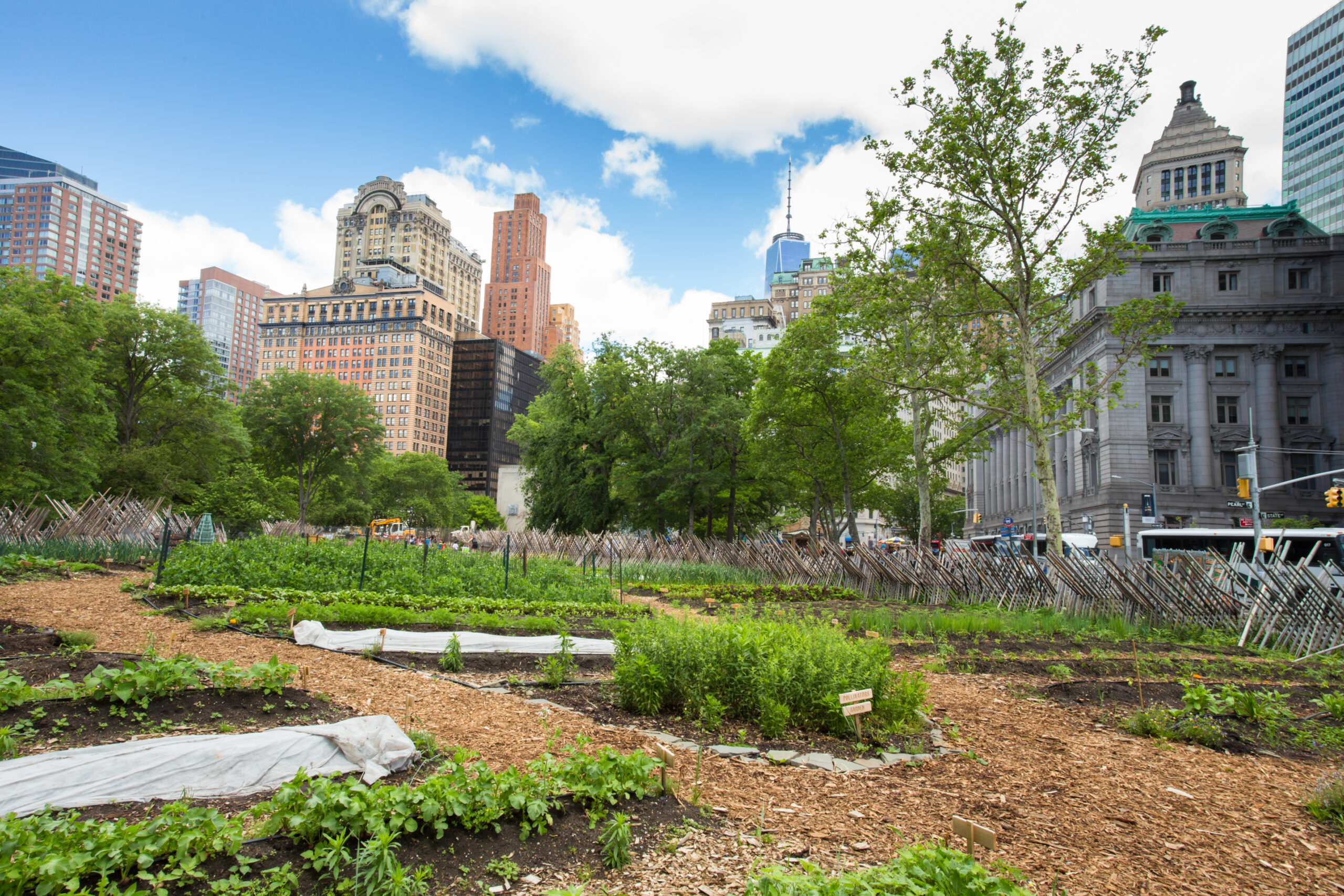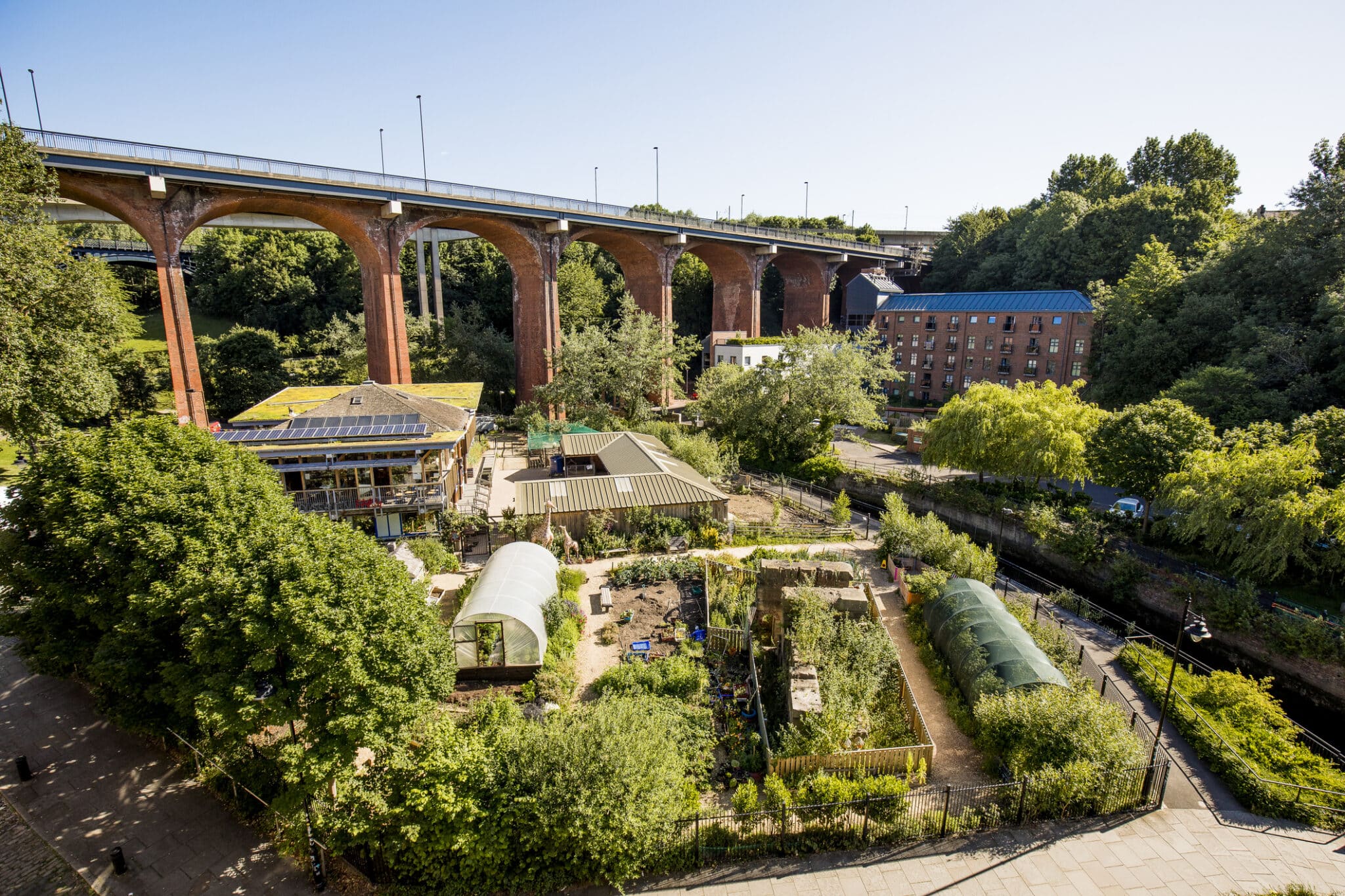4 Easy Facts About City Blooming Described
Fascinated in expanding food to buy in the City of Chicago? Assuming about beginning an area yard? Modifications to the Chicago Zoning Regulation permit agricultural uses like neighborhood gardens and urban farms in numerous parts of the city. Below is a listing of frequently asked questions concerning the guidelines and regulations that growers must consider when intending a city agriculture job.
The zoning amendment does not modify any type of other codes dealing with composting, building authorizations, buying or leasing City possessed residential or commercial property, organization licenses or ecological contamination. There are existing codes that regulate these concerns and they stay in full effect and might apply to your task. Area gardens are typically possessed or handled by public entities, public companies or community-based organizations and maintained by volunteers.
Urban farms expand food that is intended to be offered, either on a not-for-profit or for-profit basis. Due to their commercial purpose, city farms need a service permit.
About City Blooming
Composting is allowed but just for plant product that is produced and made use of on website. The amount of compost product can not surpass 25 cubic backyards at any kind of provided time according to the standards in 7-28-715 of the City's Municipal Code. Yes. Due to the fact that the dirt at most new garden sites needs changing, garden compost, dirt, timber chips, or various other products can be obtained to construct or enhance the expanding room - landscaping.

If a building license is required after that the hoophouse will be taken into consideration an accessory building. You can locate out more concerning the structure license needs by calling the Department of Buildings. The 25,000-square-foot size restriction is planned to stop a solitary neighborhood garden from dominating an offered block or diminishing the block's existing domestic or business character.
The limit does not use to yards located in Public Open Area (POS) districts. Can there be more than one neighborhood garden that is 25,000 square feet on a solitary block? Secure fencing is not needed, nevertheless, yards that have big parking areas might be called for to set up fence or various other landscape design functions.
6 Simple Techniques For City Blooming
B1 & B2 areas require that all commercial use tasks be performed indoors. R areas limit commercial task. The guidelines reflect the objective and intent of the Zoning Code. Is fencing required for metropolitan ranches? Yes. Fencings may be required, along with landscape design and testing, for sure car parking locations and outdoor work or storage space locations relying on location and the particular activity occurring.
Urban ranches require building permits and zoning authorizations prior to construction (container and raised bed gardening etc.). Other types of city evaluation may be required depending on details structures, activities, size, landscaping, licensing, public health and stormwater management issues.
The Division of Organization Affairs and Consumer Defense can aid identify the certain kind of service certificate that's needed. Off street auto parking is required for the majority of commercial tasks in Chicago. The needed number of auto parking areas is based on the number of employees working on website and not the square footage of the expanding space.
Fascination About City Blooming

An urban ranch can market compost product produced on website, however, the procedure must comply with the guidelines in 7-28-715 of the Chicago Municipal Code. Aquaponic systems are allowed indoors on city ranches in numerous zoning districts.
As much as 5 hives or colonies of honey may be kept as an accessory usage. Beekeepers should sign up with the Illinois Department of Farming. For more details concerning the suggested zoning amendment you may speak to the Department of Real Estate and Economic Advancement, Bureau of Preparation and Zoning at 312.744.8563.
Farming in cities and metropolitan locations A city ranch in Chicago. Urban farming describes various practices of cultivating. https://www.producthunt.com/@cityblooming11, processing, and distributing food in metropolitan areas. The term additionally applies to the location activities of pet husbandry, tank farming, beekeeping, and gardening in an urban context. Urban farming is identified from peri-urban farming, which takes location in backwoods beside suburbs.
The 4-Minute Rule for City Blooming
It can involve an activity of natural cultivators, "foodies" and "locavores", that seek to form socials media founded on their website a common principles of nature and community holism. These networks can establish using official institutional support, ending up being integrated into regional town planning as a "change community" activity for lasting metropolitan growth.
Some of the very first evidence of metropolitan farming comes from Mesopotamia.
Comments on “Top Guidelines Of City Blooming”